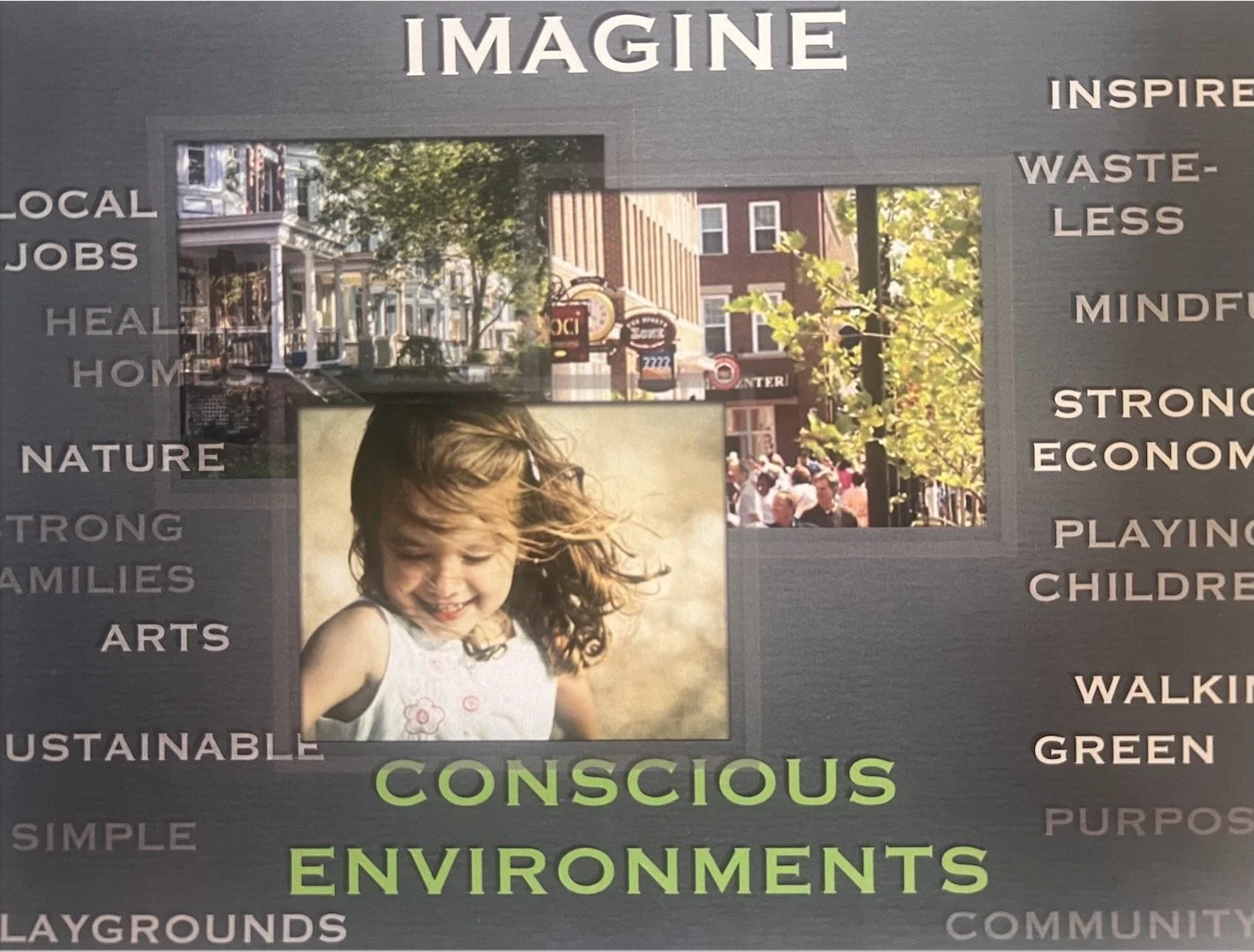
projects
Community Impact Through Design
PROJECTS: Public Education & Learning Environments
-

Created Impact: Community-Integrated Student Design – South High School, Worcester MA
As part of the South High redevelopment, Design Veritas launched Created Impact—a student-led design initiative that immersed Worcester Public School students in a real-world design process alongside professional architects, educators, and civic leaders. Centered on the theme of community, the initiative guided students through five key lobby features. The program offered direct mentorship and design exposure, empowering students to express cultural identity, civic pride, and storytelling through permanent spatial interventions. Despite pandemic challenges, the project fostered authentic community dialogue, elevated student voice, and piloted a model for aligning public infrastructure with design learning and equitable collaboration within design projects.
-

South High School, Worcester MA
Reimagined a public high school lobby and experience through community insight, storytelling, and design strategy—restoring pride and belonging in a diverse urban setting. Through this initiative, Design Veritas developed an integrative model, Created Impact, that brought together high school students, design professionals, educators, and civic leaders. The goal: expose youth to the architecture, engineering, and construction (AEC) fields while giving them an active role in shaping the cultural identity of their school. The project not only created a meaningful space but cultivated early pathways for future careers in design and placemaking.
-

Transforming Urban Education Ecosystems
Design Veritas is contributing to a new paradigm for public education—where schools evolve into centers of cultural belonging, wellness, and lifelong learning. Informed by interdisciplinary research and student-led design analysis, this work supports the creation of holistic frameworks that envision school infrastructure as hubs for social equity, mental health, environmental consciousness, and community empowerment. Through a systems-thinking lens, the approach integrates curriculum innovation, intergenerational learning, spatial wellbeing, and civic dialogue—offering scalable models for transforming public education from the inside out.
Projects: Neighborhood & Civic Revitalization
-

Innovative Affordable Housing for Sustainability & Wellbeing
Rethinking Housing as a Foundation for Human Flourishing
This white paper explores a transformative approach to affordable housing—one that redefines affordability not just by cost, but by its capacity to support wellbeing, sustainability, and long-term resilience.
This is a template for sustainable multi-housing-triple deckers. Rooted in the Design Veritas philosophy of cultural coherence, spatial intelligence, and regenerative systems, this research-driven framework outlines actionable strategies to:
Design for multigenerational and multicultural inclusion,Integrate nature, beauty, and sensory wellbeing into dense environments, Prioritize community voice and lived experience in planning, Align housing development with social equity and environmental sustainability
-

Advantage-Based Neighborhood Design
A Framework for Flourishing Communities
Design Veritas developed a framework to transform underserved neighborhoods into thriving, opportunity-rich communities. By aligning design, culture, and access to resources, this approach supports dignity, connection, and long-term wellbeing—redefining neighborhoods as ecosystems for human flourishing.